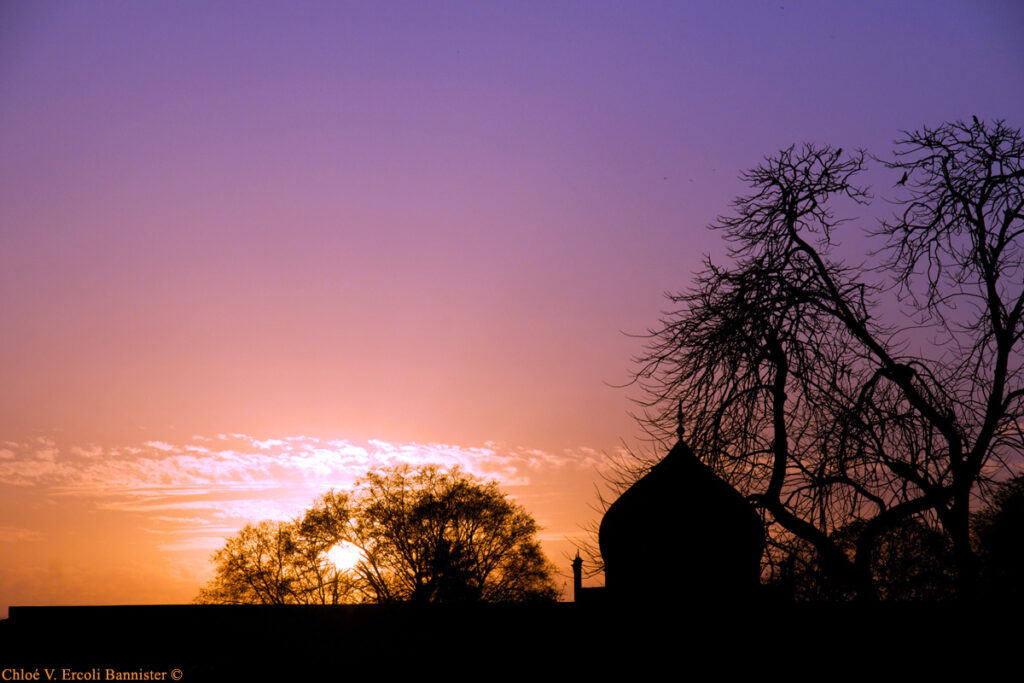
Travel
The Taj Mahal: the symbol of eternal love
We all know the Taj Mahal, one of the most famous monuments in the world, considered since 2007 amongst the seven wonders of the modern world, but not all know that it also represents one of the most beautiful and the most moving love stories of all time.
The Taj Mahal is the symbol of eternal love, of that “forever” that all love stories start off to achieve.
On May 10th, 1612, at the age of nineteen, Arjumand Banu Begum married Prince Khurram, the son of the Great Mogul. She was a beautiful woman and had many virtues. Her grace was famous, as well as her love for the poor and the less fortunate. Her beauty earned her the name of Mumtaz Mahal (which in Persian meant Adored Ornament of the Palace), and the undisputed love for her husband, who, once crowned the Great Mogul was better known by the name of Shah Jahan.
Shah Jahan had many concubines, we hear of amazing numbers such as up to 5.000, but the Prince had one unique real love, the beautiful Mumtaz Mahal.
Their love was famous at their time, because it was unusual for the husband to show in public his devotion to his wife, especially in an Islamic society where the role of women was well established and the wife subject to her husband.
Mumtaz devotedly followed her husband in all his campaigns, remaining at his side and going so far as to becoming his trusted counselor, so much so that to reward her dedication, he gave her the royal throne. Their relationship was practically equal, and Shah Jahan had no qualms about flaunting this bond that united him so deeply to his beautiful wife.
Unfortunately, their long love story was abruptly interrupted when Mumtaz, following her husband’s campaign in the Deccan, on June 17th, 1631, died giving birth to their fourteenth baby, the Princess Gauhara Begun.
The loss of his beloved wife literally broke the prince’s heart and he hid locked up for a whole year and never appeared in public, and when he finally decided to manifest himself again, he appeared emaciated and considerably aged. It is said that it was Mumtaz Mahal herself to ask her husband to erect a monument in her honour and not to marry again, but surely the sad prince would have created anyway a burial worthy of his favourite out of his own will, and indeed he erected one of the most beautiful mausoleums of all time.
No need to tell about the perfection of its forms and the beauty of its engravings on the delicate white marble inlays, as they speak for themselves, but instead, I would like to focus on the emotion that this impressive monument conveys.
When arriving in proximity of the Taj Mahal, one can catch a glimpse of its curves in the distance, but when getting closer to the entrance, one discovers that it is completely surrounded by walls and it is not visible straight away, but upon entering the first gate, it presents itself in all its majestic and breathtaking beauty. It certainly reflects the beauty of Mumtaz Mahal, but what moves the visitor to tears is the fact that this unique monument is not just a tomb, but a sanctuary where for centuries millions of people have come to pay homage to the beloved Mumtaz Mahal, and with this mausoleum, she will be remembered for eternity. A gift of supreme love, incomparable, that no one will ever match, and it is this poignant reflection that makes this burial so special.






Hi, this is a comment.
To get started with moderating, editing, and deleting comments, please visit the Comments screen in the dashboard.
Commenter avatars come from Gravatar.